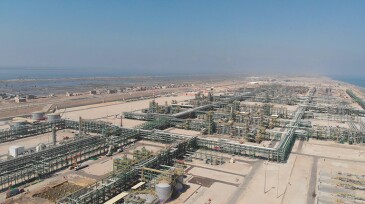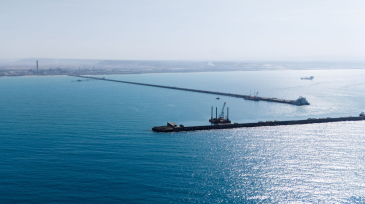Europe
-
GeoMap Europe is the latest in a series of interactive global geothermal maps that combine large subsurface and surface data sets to highlight where geothermal resources and development opportunities are strongest for power, heat, cooling, and storage.
-
The Global CCS Institute released its Global Status of CCS 2025 report, which states that the number of operating CCS facilities has grown to 77 with a capability of storing 64 mtpa.
-
TotalEnergies and the Danish Underground Consortium complete a 7-year effort to redevelop the Tyra field, lowering emissions and extending field life.
-
SPE Offshore Europe 2025 Pulls Industry Leaders to Aberdeen at Crucial Juncture for North Sea FutureSPE Offshore Europe has reaffirmed its position as Europe’s leading offshore energy event, welcoming more than 25,000 professionals to P&J Live in Aberdeen 2–5 September 2025 in what was widely regarded as a landmark week for the sector.
-
The operator estimates discovering more than 96 million BOE of recoverable volumes with its latest Norwegian North Sea exploration activity.
-
As part of Italy's Mattei Plan—named after Enrico Mattei, Eni's first chairman—Eni will invest close to $9 billion each in Algeria, Libya, and Egypt.
-
By repurposing Italy’s depleted Porto Corsini Mare Ovest offshore gas field for CO2 storage, Eni and Italian grid operator Snam have positioned the Ravenna CCS project to play a major role in the EU’s development of more than 50 mpta of CO2 storage capacity by 2030.
-
At peak, annual production from the two fields offshore Italy is expected to reach 1.5 Bcm.
-
The 2-day event hosted in Turin, Italy, provided a common platform across various disciplines, spotlighting the notable scientific and technical advancements in the energy transition.
-
JPT’s first year of publication was one of groundbreaking events that would transform the global petroleum industry. A recap of developments in 1949 emphasizes the high hopes attached to the industry—and the ambitious goals of the new magazine.
Page 1 of 3










